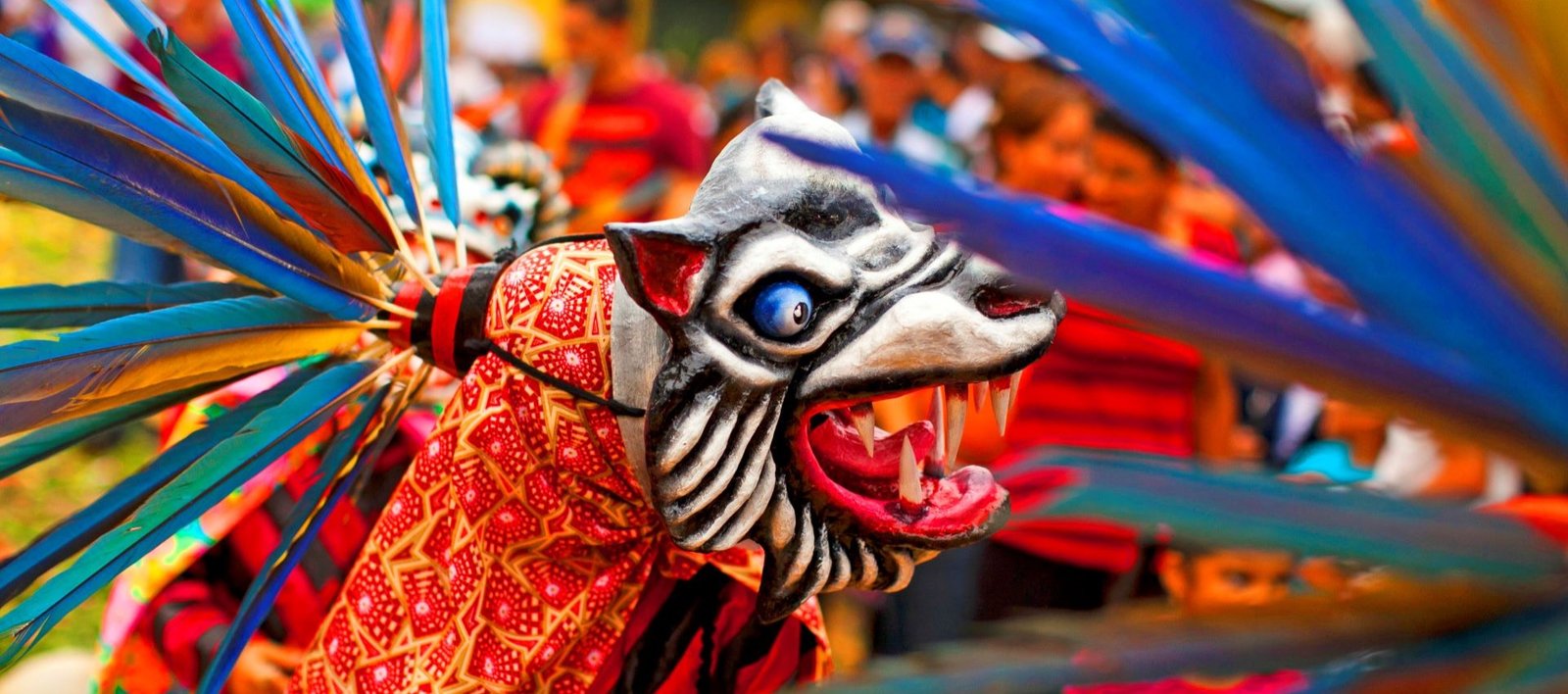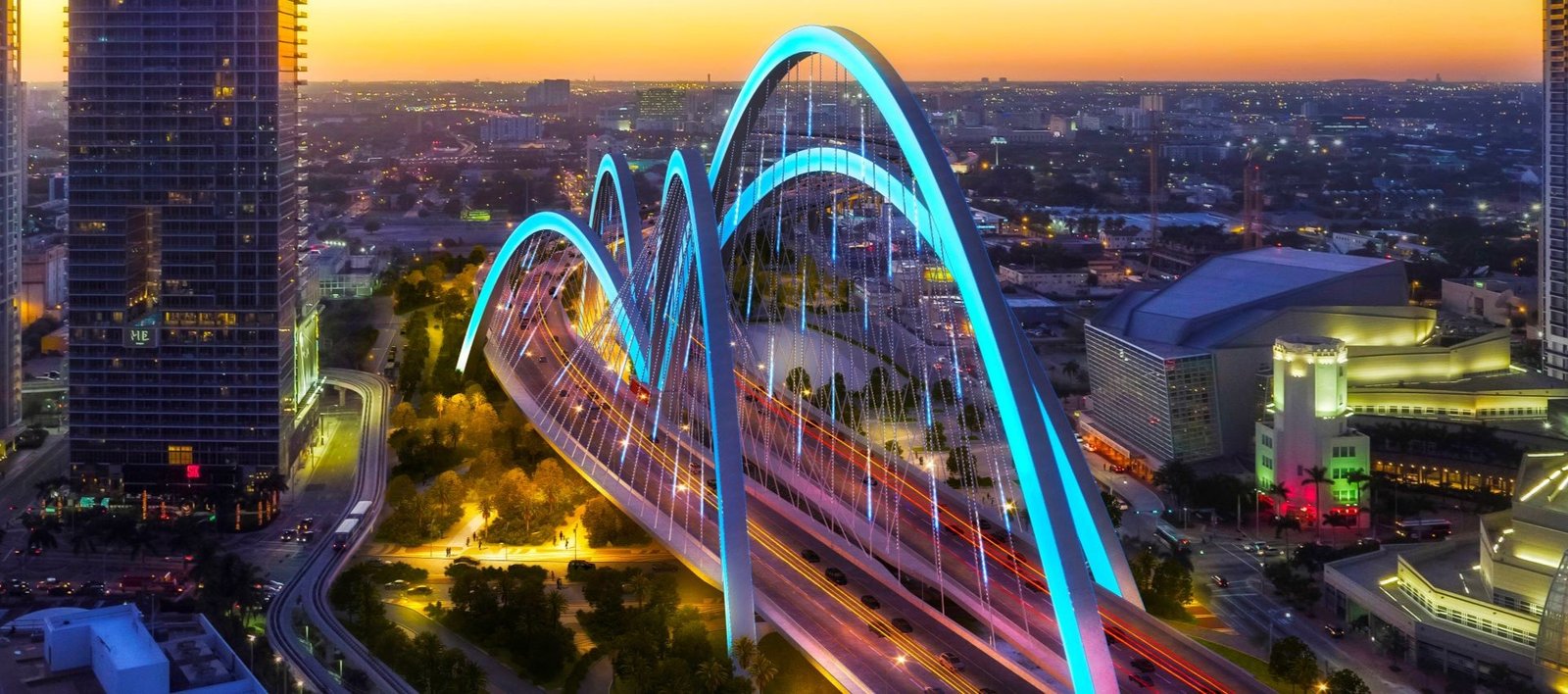
Rock al Parque 2015, Celebrating the Fury and the Memories
By: Iván Beltrán Castillo
Photos: Lisa Palomino
They come from everywhere, like a cinematic procession, drawn to the music and longing for the kind of communion that, on ordinary days, is almost totally denied to them. A good number are members of the city’s urban tribes, castes, families, and clans. It is the collective expression of a difficult, rebellious, and dissident existence. These sweet and strange men and women are accustomed to storming streets, small towns, and slums, and sheltering from cold, hard reality in the limbo of music. Outsiders at times, hooligans on occasion, but fiercely loyal when the world gives them a chance.
These are just some of Rock al Parque’s followers. The sublime disinherited. All their thoughts and feelings regarding their fate and the impossibilities of piecing together the puzzle of their dreams seems to cry out from their somber attire, defiant haircuts, armored boots, earrings, rings, belts, tattoos, coats, jeans, and the disquieting designs stamped on their T-shirts but, above all, in their speech and the unique way they stagger and sway, like a strange school of fish, as soon as the music draws them in.
But these young rebels are only a few of the thousands expected to attend the twenty-first Rock al Parque this month in the Colombian capital’s Simón Bolívar Metropolitan Park. Pulling off this many years of the festival deserves an uproarious celebration because at first, no one saw much future for a free festival set in a city with no experience hosting this type of event. Traditionally, Bogotá has had a lukewarm attitude toward staging big shows, out of which a kind of pact has emerged, a tacit agreement among the city’s youth, and the event draws every kind of fan of this musical genre responsible for some of the world’s most glorious and tragic moments, whose creators rise up like incarnate gods and, every so often, like suicidal divinities: tempestuous rock and roll.

And as in prior years, alongside the eager youngsters there’ll be a hefty group of old-school rock and rollers, nostalgic beasts from the 60s and 70s, when the first hippies burst on the scene in an attempt to pacify the world from behind barricades of love, poetry, and eroticism. These former rebels, most of whom have now almost entirely succumbed to the dictates of reality, have never ceased to heed the call of rock’s jittery bass lines, pounding drums, and compulsive electric guitars; the festival is a perfect excuse for a trip down memory lane.
Also present will be initiates into the hard, guttural religion of heavy metal, fans of eclectic ska, the quirky militants of punk with their agonizing expressions, lovers of symphonic rock, advocates of alternative pop, hardcore, punk metal, soul, fusion, acid jazz, and even the rumba from Barcelona.
To gaze upon it all is like returning to a kind of imaginary Woodstock, evoking seemingly failed utopias and iconic phrases from the past like “make love, not war.” It is an encounter with the sacrosanct faces that make up the iconography of this hard-driving music: Mick Jagger’s naughty orphan demeanor, John Lennon’s martyred countenance, Jimi Hendrix rocking his guitar as if it were some kind of munificent teenaged girl, or Janis Joplin staring down at the universe from the ambiguous heavens.
In short, the festival offers a chance to compile in one’s memory all the rhythms used by modern man to channel his infinite chagrin, and to witness the very palpable success and methodical work of the festival’s organizers, undeniable when one checks the facts and figures from over the years. In 2014, for example, Rock al Parque erected 180-kilowatt and 60-kilowatt stages in an area that held 65,000 spectators; 500 people worked together to organize the event with help from 567 logistics operators and a stage crew of 350, who set up and broke down equipment for bands lit by 100 moving heads and 120 Par 64s.

This year more than eighty national, international, and local acts will take to the stage with a mere three minutes in between sets. It is projected that 1,400 people will attend forty-three academic sessions; thirty-seven guest teachers and scholars who study various aspects of rock have been invited, along with Colombian bands based in countries like Holland and England.
It’s worth noting that it’s otherwise almost impossible to see any of the groups appearing at this year’s festival without paying for an expensive ticket: the line-up of bands scheduled to arrive in Bogotá this year includes legendary hard rockers, Nuclear Assault and Adrenaline Mob (US), Melechesh (Netherlands), revered psychobilly trio Nekromantix (Denmark), hardcore masters Atari Teenage Riot (Germany), and the iconic mad funk band The Coup (US). Naturally, Rock al Parque offers an ample and well-seasoned serving of Rock in Spanish as well: Cápsula (Spain), Malón (Argentina), Desorden Público (Venezuela), and the biggest name in the new wave sweeping the continent, Celso Piña (México).
Rock for Peace
Aside from being a great promoter and concert organizer, Julio Correal is a persistent and very successful analyst of Latin American reality, the history of which has been peppered for decades with stormy rock and roll-related events. Contrary to what many naysayers, pessimists, and extreme conservatives may think, Correal is certain that events of this nature work their way into the collective psyche, making people more susceptible to often-elusive harmony.

“When this annual festival began, people’s behavior was different. There was undeniable tension in the air and you never quite knew what might happen. We were aware from the start that we’d have to penetrate the collective conscience, touch concertgoers where they lived, appeal to the sense of loyalty that was apparent in their unflagging passion for their favorite groups. The first events took place without establishing a culture of coexistence, but as the years went by, spectators were tamed by a benign and radiant force.”
For Correal, it is a question of repeating the success of 2014, where “after three days of vertigo, exorcism, passionate outpourings, singing, laments, praises, blasphemies, and musical venting, the security crew handed in their report, which many predicted would be terrible. But it wasn’t; the report spoke of a gigantic, multifaceted festival attended by respectful and peaceful people in a country that is considered violent.”



